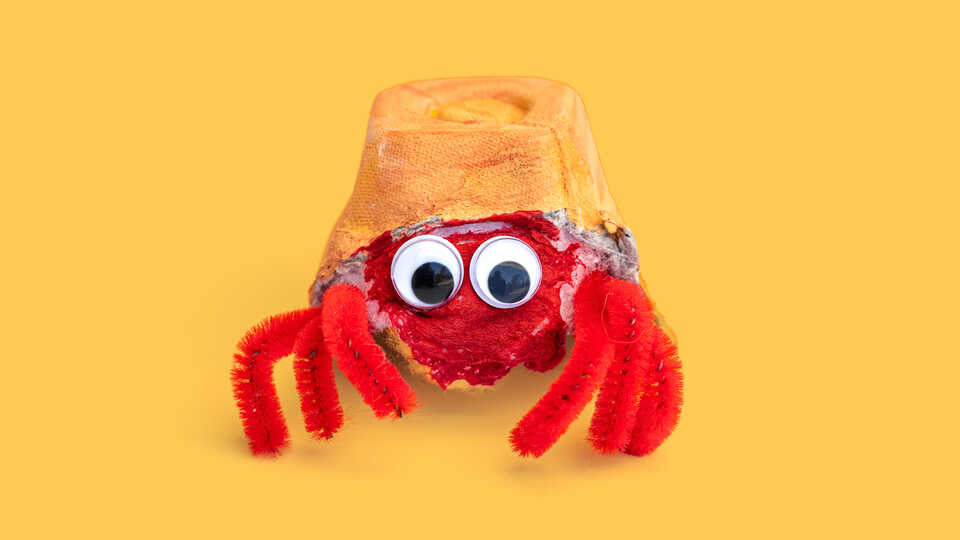
Don’t unpack that beach bag—we’re heading back to the California coast! Enjoy another week of hands-on, multimedia activities for kids ages 4-8.
The California coast is a recreational paradise for humans—and a critically important habitat for unique plants and animals. Introduce your youngest beachcombers to captivating coastal creatures like sea otters, sand dollars, and octopuses through coloring, crafting…and a little bit of light cooking.
Please note: While Science @ Home activities are designed to be conducted by kids, some little ones might need adult help with reading instructions and preparing crafts.
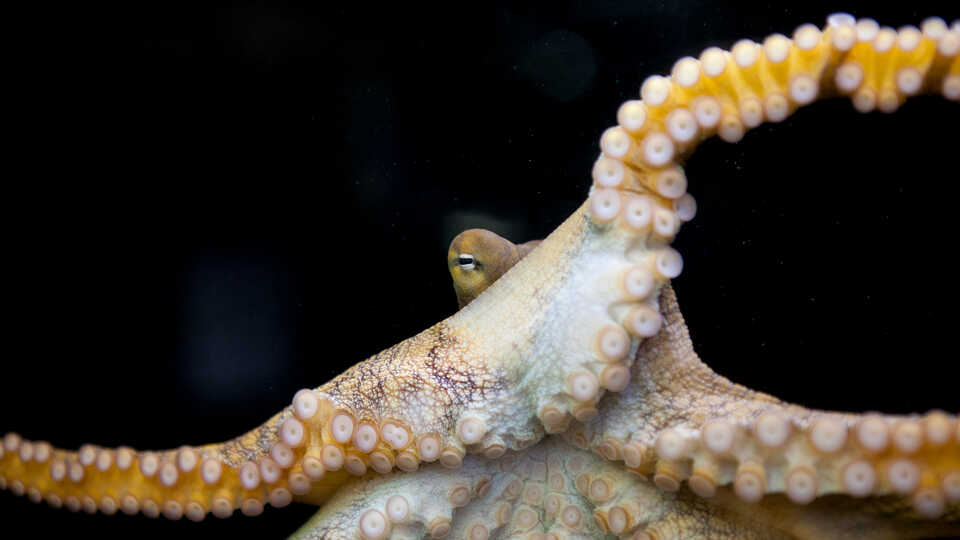
Day 1: Sky and surf
All kinds of fascinating animals swim, scuttle, and soar where water, sand, and sky meet. Make a splash with octopuses, pelicans, gulls, and more! (60-90 minutes)
From the swaying fronds of the kelp forest to the sandy shoreline, the California coast is home to an incredible diversity of animals. Learn about five of California’s unique coastal animals by making a spinning wheel craft. Which is your favorite?
Explore the biodiverse habitats of the Northern California coast with a puppet companion, Octopus, and a cute, catchy video and song.
Take a look at this specimen of a California brown pelican skull, part of the Academy’s natural history collection. Use your cursor to examine the skull by moving it and zooming in.
As you explore and investigate the skull, think about the following questions. Share your answers with a friend or family member or just think in your head.
- What do you notice about the skull? Does it remind you of anything?
- What could the different holes and openings in the skull be for? Can you find where the eyes might have been? The nostrils?
- Can you see any teeth in the skull? If yes, how do you think the pelican uses them? If not, why do you think the pelican doesn’t need them? Look at the empty space in the middle of the bottom jaw. What do you think went there when the pelican was alive?
California gulls, also known as seagulls, can be found all over the West Coast. Craft your own homage to this omnivore out of a paper plate!
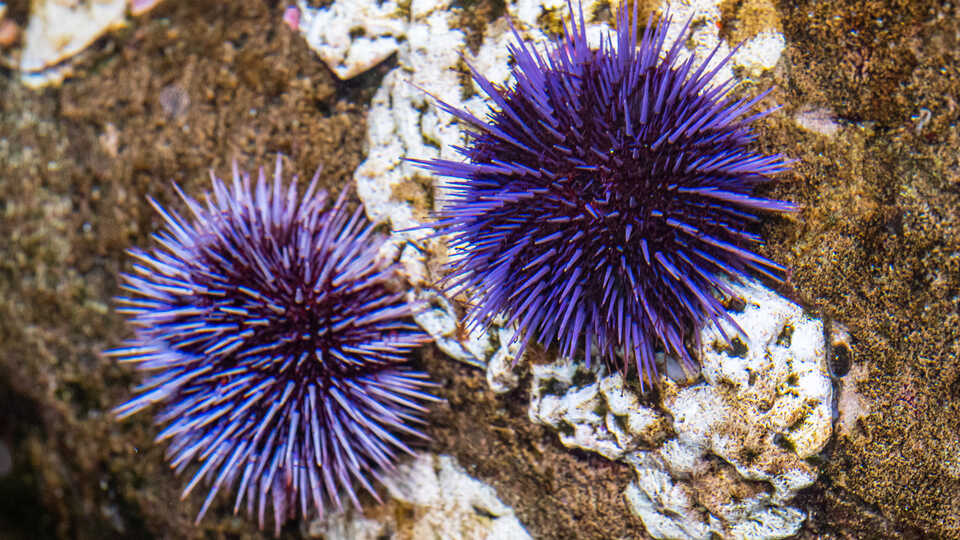
Day 2: Tidepools
Only the strong survive in California's coastal tidepools. Meet some of the extraordinary animals that live in these rough and rocky habitats. (45 minutes)
California tidepools are brimming with life, both above and below water. Color in the animals and environment to make your own eye-catching tidepool!
What do sand dollars, sea stars, and urchins all have in common? They are all echinoderms that can be found in California’s coastal tidepools.
California tidepools are home to many different animals, including octopuses. Octopuses are able to camouflage themselves by changing the color and texture of their skin, helping them hide from predators and prey. Create your own octopus crown to stand out from the crowd!
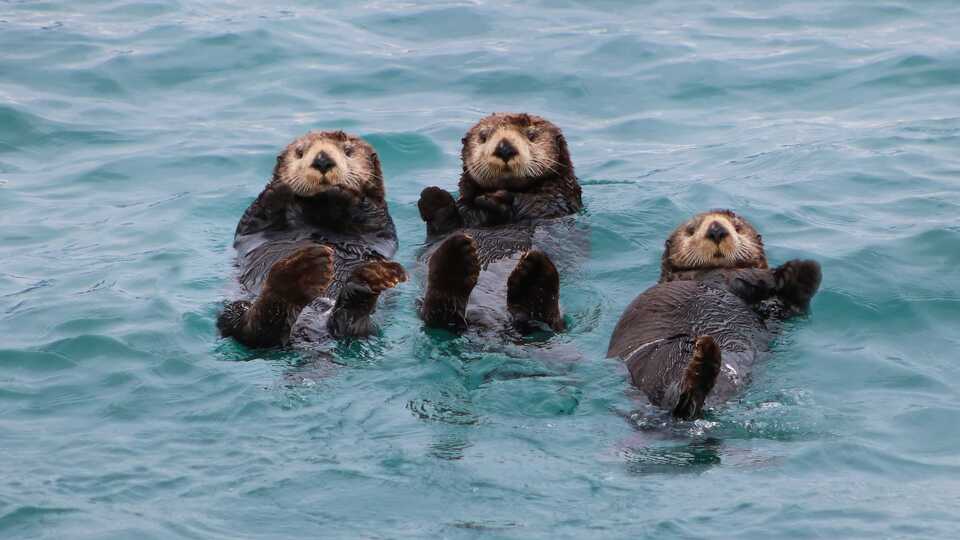
Day 3: Kelp forest friends
Kelp is a habitat—and a snack! Explore California's undersea kelp forest ecosystem and frolic with the cute creatures that depend on this important plant. (60 minutes)
Kelp forests are home to many different animals, large and small. These animals make up the consumers of an intricate food web. Plants like kelp and phytoplankton are the foundation of this food web, turning the Sun’s energy into food for themselves and the animals that eat them. To learn more about this fascinating food web, watch this video.
Purple sea urchins are pretty, but they can munch through 30 feet of giant kelp in one month. Luckily for California's kelp forests, urchins are sea otters' favorite snack. Craft a hungry sea otter and its urchin appetizer!
Sustainable snacks? Yes please! Learn more about seaweed as you assemble a tasty snack.

Day 4: Seashells
Lots of coastal creatures live in mobile homes—their shells! Get an inside look at the lives of shell-dwelling animals, including snails, scallops, and hermit crabs. (45 minutes)
Have you ever wondered why some animals have shells, or why they are shaped the way they are? In this video, Academy Educator Alex will introduce you to the form, function, and beauty of shelled animals.
While most crabs have hard exoskeletons to protect themselves from predators, hermit crabs have soft, curled abdomens. To keep their soft body safe, hermit crabs rely on hollow objects, like empty snail shells, for shelter. Build a home for a hermit crab with an egg carton, cotton ball, and your imagination!
When you think of seashells, one of the first shapes that comes to mind might be a scallop. Scallops are a type of animal called a mollusc, and are related to clams, mussels, and oysters. The two halves of a scallop’s shell are hinged together, allowing them to use their muscle to snap the top and bottom shells open and shut, propelling themselves through the water. Create your own colorful scallop shell out of paper plates.
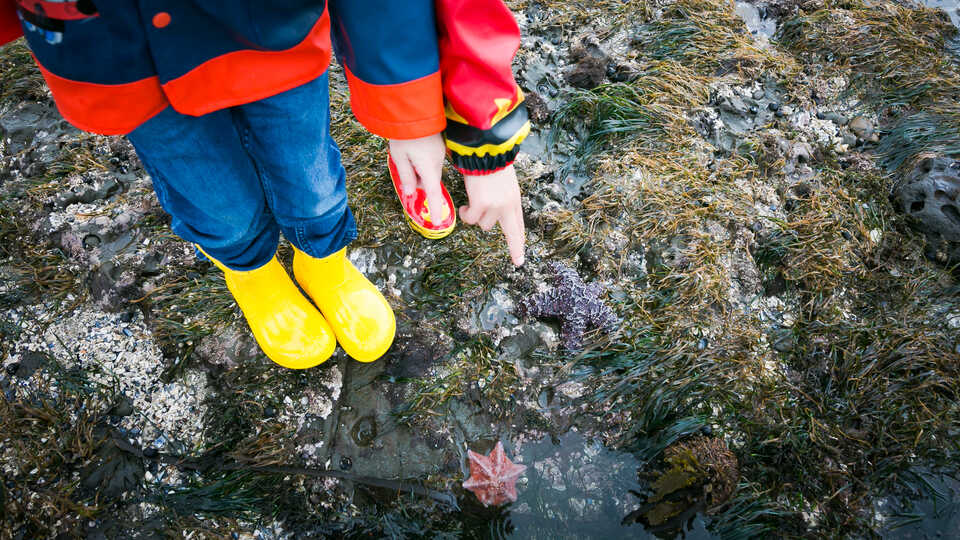
Kid and caregiver extension activities
Not ready to say goodbye to the beach? We don't blame you! Extend your investigation of the California coast with these videos and resources.
Many animals have different ways of sensing—including sea urchins, who see without eyes! What are some ways you sense the world around you?
Learn more about the self-sharpening teeth of sea urchins—and how scientists are finding inspiration for self-sharpening tools in the future.
The Academy's community science team encountered a rare find during a tidepool survey: the speckled head of a wolf eel with mysterious bright, pink teeth. Follow the team as they search for clues in the Academy’s research collection.
As you watch the video, think about the following questions. Share your answers with a friend or family member or just think in your head.
- Have you ever eaten something that turned your teeth, lips, or tongue a different color?
- What do you think might have caused the wolf eel’s teeth to turn pink?
- Imagine you are one of the scientists trying to find out why the wolf eel has pink teeth. What would you do to learn more to try to solve the mystery?